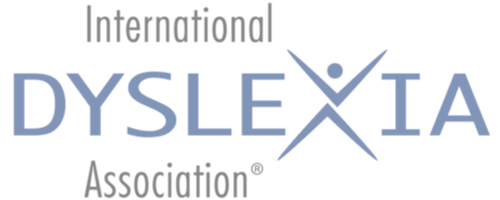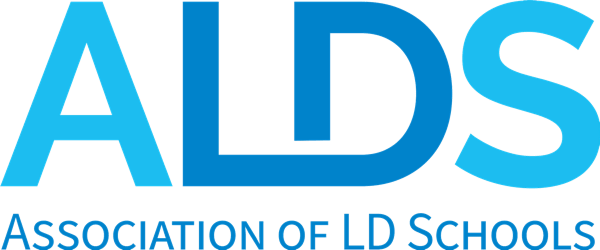Fluency is the gateway to reading comprehension and comprehension is the ultimate goal of reading.
Reading comprehension provides a path for our students to identify simple facts presented in texts, make judgments or evaluate the contents of texts, and finally, connect one text to other texts or situations; simply, it allows our students to make meaning from what they read. Structured literacy programs, like what we provide at The Craig School, address fluency instruction distinctly from the components of structural language that we, as parents and educators, may hear spoken of often, such as phonemes, morphemes, syntax, and semantics. Fluency, however, is much more complex than “automaticity” or decoding a word at a steady rate without any additions, substitutions, or omissions.
Reading fluency, has three major components, and each needs attending to, a) accuracy, b) rate of reading, and c) prosody. When students can decode unfamiliar words accurately, use context to help correct errors in word reading, and have mastered a number of sight words, they are said to be accurate readers. Rate of reading can be defined as one’s ability to recognize words automatically or almost automatically, read at a sufficient rate per minute, and to maintain rate or adjust rate in accordance with increasingly more difficult texts. Finally, prosody, or expression, is how the student attends to punctuation, it is a measure of phrasing, intonation, and timing, and it is the vehicle in which students express and communicate the meaning of the text.
Fluency is measured through informal and formal means, such as curriculum-based measurements (CBM) like the Hasbrouck-Tindal Oral Reading Fluency (ORF), or a norm-referenced assessment, like the Group Reading Assessment and Diagnostic Evaluation (GRADE), both among evaluation tools used at The Craig School. The benefit of an informal assessment is screening and progress monitoring. When used as progress monitoring tools, the extent to which the student is improving from the instruction and intervention is measured. Having a clearer picture of the student’s progress allows our reading and Orton Gillingham teachers to make adjustments to programs and goals or to determine if they should stay the course. It allows us to be responsive to the instructional needs of our students in a thoughtful and timely manner. Norm-referenced assessments, such as the GRADE, include measures of reading comprehension, language comprehension, semantics, decoding, cipher knowledge, and letter knowledge and give us benchmarks from which to build a comprehensive, customized reading program.
Once we have a gauge of where the student is at in terms of reading fluency, the instructional program shifts to the students’ specific needs so that the students begin to read with ease and are able to devote all of their attention to comprehension. For students with dyslexia, a great amount of energy is placed on decoding or word identification. Little is left for understanding what was read. Moreover, a reduced rate of reading increases subsequent challenges with comprehension. However, as Mrs. Cozine wrote in last week’s newsletter, “fluent reading increases comprehension but parents, what you need to realize is, if we push students to read faster than they can comprehend, it is counterproductive.” Reading and Orton Gillingham teachers engage in a delicate dance to balance all five core components of reading—phonemic awareness, phonics, fluency, vocabulary, and comprehension (National Reading Panel) and to do so in a manner that is uniquely suited to the needs of the individual student.
Kindly, I ask you to continue our parent-school partnership by making the space and time for your student to read aloud to you at home. Fluency takes practice and the best practice is through oral reading. You, too, should read aloud to your student as explicit modeling of fluent reading (e.g., “I do, We do, You do” method) is one of the most effective ways of improving reading fluency (Chard, Vaughn, & Tyler, 2002). Don’t forget the power of positive and meaningful feedback as an effective tool as well. Fluency practice applies not only to our students in the lower school but also to our middle and high school students. Teens may improve their fluency through listening to an adult read a text aloud to model fluent reading, by reading along with an audiobook, or by partner-reading when studying for an upcoming test.
By opening the door to fluency, our students explore a new world of understanding and are able to benefit from, and perhaps even learn to enjoy, the process of reading, resulting in higher levels of student engagement and motivation.
For more information on ways of giving or to make a donation online you can clicking here.





